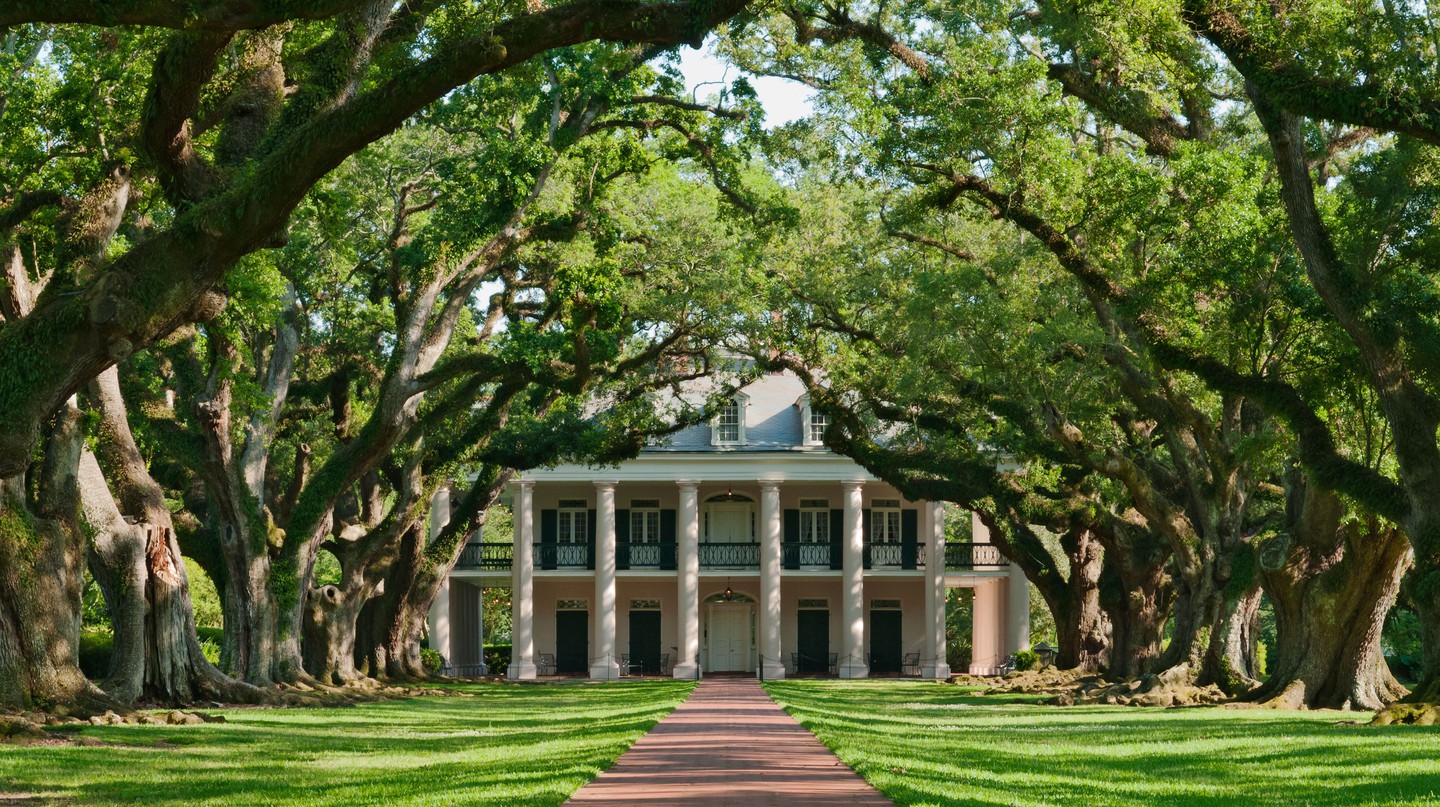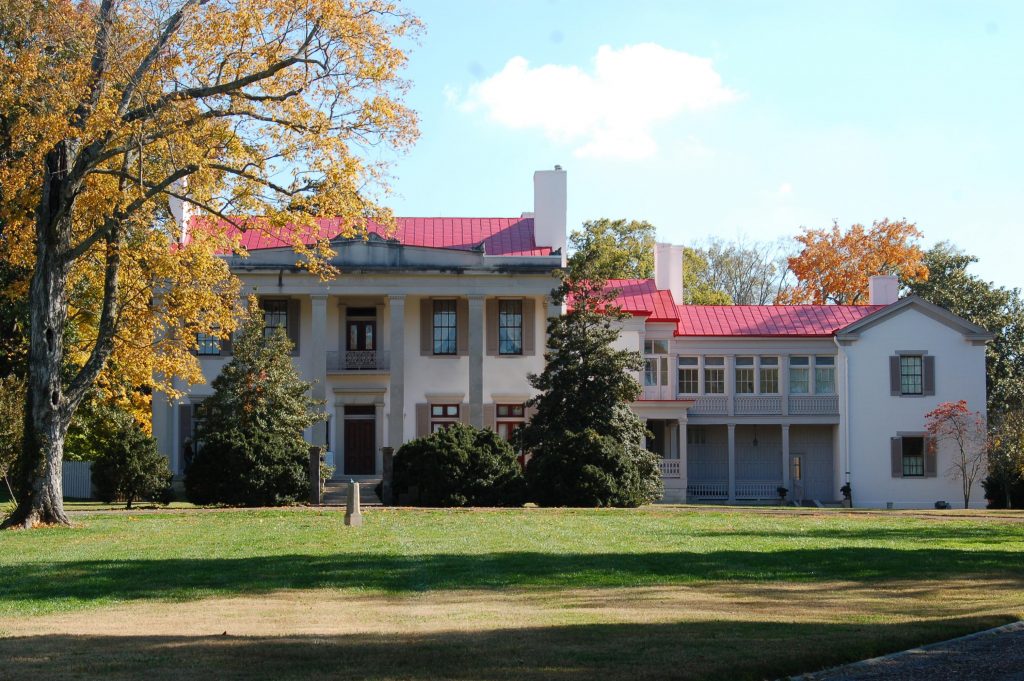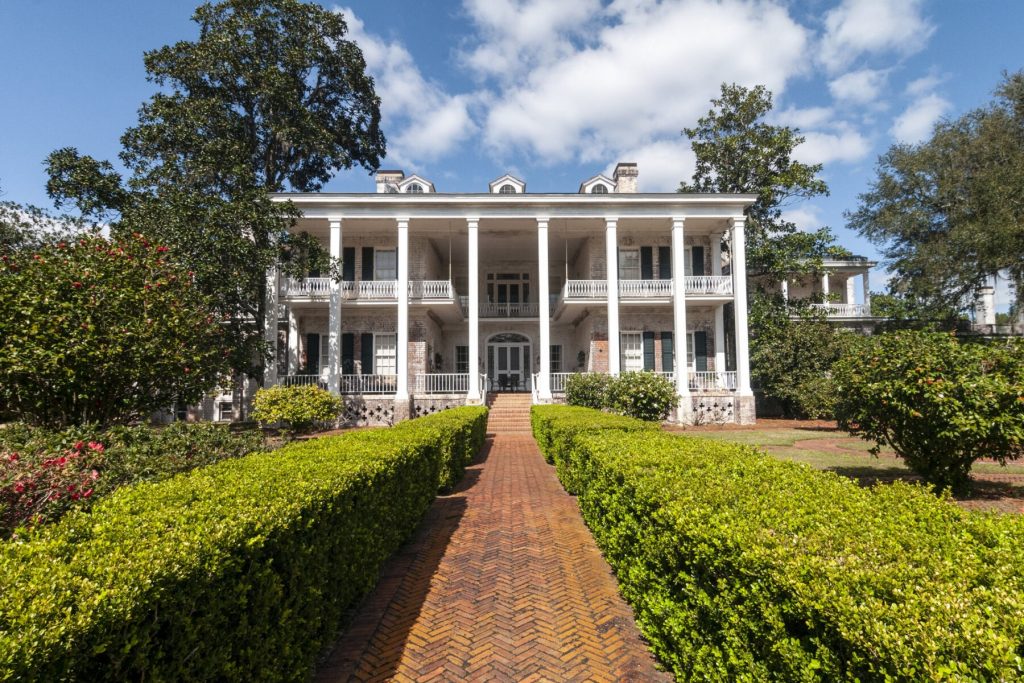These Notable Southern Plantation Tours in the United States
History buffs with an interest in the southern part of the United States will enjoy these plantation tours. They offer insight into the history of slave labor, plantation living and how the south evolved into what it is today. Let find out These Notable Southern Plantation Tours in the United States below.
Contents
These Notable Southern Plantation Tours in the United States
Belle Meade Plantation
What started as a single log cabin is now a plantation located outside of Nashville, Tennessee that serves as an educational resource. Founded by John Harding in 1807, Belle Meade translates to mean beautiful meadow in old English and French. It began as a 250 acre property that eventually became a 5,400 thoroughbred horse farm.
It had a Greek Revival Mansion, a train station and a rock quarry that supported five generations of owners and their enslaved workers. That is once of These Notable Southern Plantation Tours in the United States.
Today the site retains 34 acres of the original property, including the mansion and original homestead. It is dedicated to the preservation of Tennessee’s Victorian architecture and equestrian history. Visitors to Belle Meade Plantation enjoy a tour of the property led by trained and costumed guides, who share the history of the mansion, as well as many other historic buildings like a horse stable, carriage house and log cabin. Free wine tasting is offered at the site’s winery after tours, and there is a gift shop and restaurant for visitors as well.
Pebble Hill Plantation
The original owner of Pebble Hill Plantation in Georgia was Melville Hanna, who acquired the property in 1896. In 1901, he gave the property to his daughter, Kate. She immediately began construction on Pebble Hill, hiring architect Abram Garfield, and was actively involved in the design process. The first building was a log cabin that served as both a school and a playroom for her children. Several of the buildings were neo classical brick structures that include the Plantation Store, the Pump House, the Waldorf and the Stables Complex.
Kate was a humanitarian who provided many benefits to the employees who worked on the plantation. Over 40 families of employees lived in furnished cottages, the Visiting Nurse Association provided medical services for employees and their families. After Kate’s death in 1936, her daughter Elisabeth Pansyinherited the plantation. She wanted it to become a museum, and in 1956 formed the Pebble Hill Foundation to make the property open to the public. After her death in 1978, the plantation became property of the Pebble Hill Foundation, which maintains and manages the estate today.
Magnolia Plantation and Gardens
Back in 1676, Thomas Drayton and his wife Ann established the Magnolia Plantation along the Ashley River in South Carolina. The couple were the first in a line of Magnolia family ownership that has lasted for more than 300 years. During the Colonial era, the plantation saw immense growth due to the cultivation of rice. Once the American Revolution began, troops occupied the land and Drayton, along with his sons, became soldiers fighting the British. In 1825, Thomas Drayton’s great grandson willed the estate to his daughter’s sons, since he had no male heirs to leave the property to. One of the sons died of a gunshot wound, leaving the second brother a wealthy plantation owner at the age of 22.
The American Civil War threatened the welfare of the Drayton family, the house and the gardens on the plantation. But the plantation recovered and saw additional growth of the gardens, which became the focus. The property was saved from ruin when it opened to the public in 1870. The plantation offers half hour long guided tours taking visitors through the Drayton family home the third in more than three centuries and gives a glimpse of what plantation life was like in the 19th century onward. There are 10 rooms open to the public, furnished with antiques, quilts and Drayton family heirlooms. These Notable Southern Plantation Tours in the United States.
Destrehan Plantation
The Destrehan Plantation in Louisiana was established in 1787. It is located 25 miles from downtown New Orleans. It was the home of successful sugar producers Marie Celeste Robin de Logny and her husband, Jean Noel Destrehan. By 1804, 59 enslaved workers inhabited the property, producing over 203,ooo pounds of sugar. The Destrehan Plantation was the site where one of the three trials following the 1811 Slave Revolt took place. It was led by Charles Deslondes, and was one of the largest slave revolts in U.S. history.






